By Ferne Arfin 10 June 2019
Anna Maria Island – Still secret after all these years
On Anna Maria Island, off the west coast of Florida, the sunsets are so spectacular that even birds stop what they’re doing to watch. While sitting on immaculate, white-sugar sand, I’m surrounded by sea birds – common gulls, oyster catchers, sandpipers, orange-billed royal terns – all apparently watching the horizon. As if on cue, a pair of dolphins leap across the horizon and a pelican dives for fish.
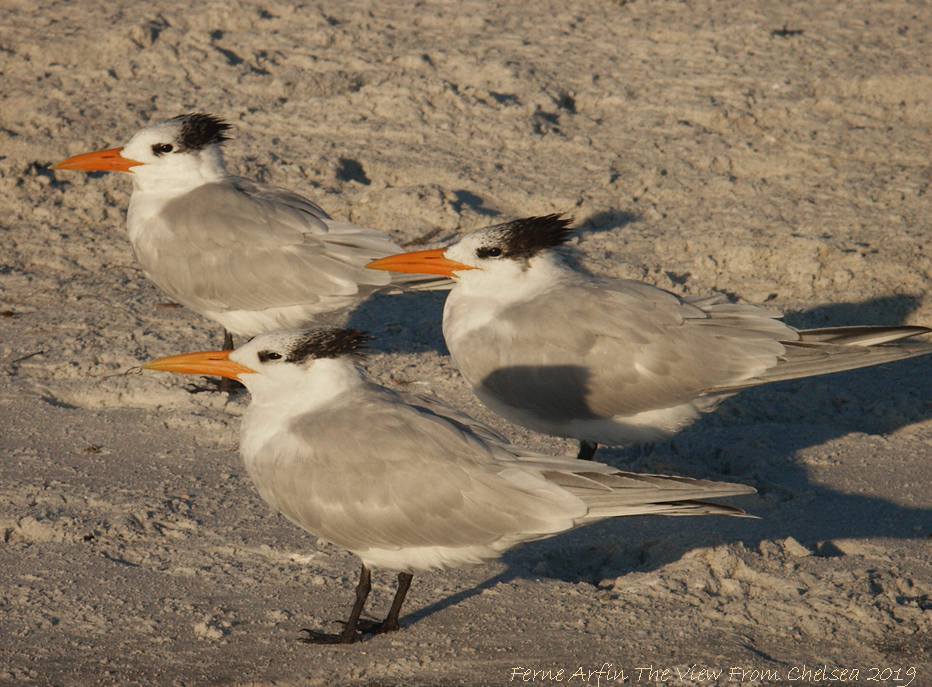
A trio of Royal Terns watch the sunset over the Gulf of Mexico
Anna Maria Island, a tiny barrier island, barely half a mile wide, in the Gulf of Mexico, was a little known remnant of Old Florida when I wrote that 14 years ago.
Last month I returned to discover that though it now is beginning to see a scattering of the McMansions that plague other parts of Florida and there’s a new rather undistinguished hotel in the middle of the island, by and large, not much has changed.
It remains a rare survivor of Florida’s past, before theme parks, shopping malls, restaurant chains and high-rise hotels turned much of the state into a kind of high-class holiday camp.
And the good news is, it’s still relatively unknown and the sunsets are still spectacular.
How it all began
In the Anna Maria Island Historical Museum, the cover of a vintage brochure features a Victorian bathing beauty. “Anna Maria Beach, Florida’s Famous Year-Round Resort!” trumpets the headline, ambitiously declaring it the greatest resort city in the state.
In the early 1900s, investors — including cookie maker Charles Roser, who anted up part of the $1 million that the National Biscuit Co. (later renamed Nabisco) reportedly paid him for the Fig Newton recipe — had big plans to turn Anna Maria into a Gulf Coast Miami Beach. Then fate, in the form of the Depression and the end of the Florida land boom, stepped in to stop them. Because of that, today this a twig-shaped scrape of beach and mangrove swamp, tethered by bridges to the mainland near Bradenton and Sarasota, retains its barefoot, laid-back Old Florida charm.
It takes about an hour to drive from Tampa International Airport to Bradenton, where two bridges link Anna Maria to the mainland. (If you’re traveling from within the United States, Sarasota-Bradenton Airport is the closer option). Sunlight from a cloudless sky bounces off Tampa Bay making Anna Maria Island, seven miles southwest of the soaring Sunshine Skyway Bridge barely visible. Not surprising as it’s only 5 feet above sea level. It seems remarkable that such a fragile ecosystem continues to survive in a state so often ravaged by violent storms, but Anna Maria is usually sheltered from the worst of them. Nevertheless, more severe storms in the past few years have caused some damage and, on my recent visit, repairs were visibly underway on some of the island’s landmark piers.
It’s about the beach
Thoughts of storms and disasters were far from my mind when I arrived after a transatlantic flight and a long drive. I dumped my bags, shed my shoes and headed for the beach as fast as I could. The beach is what Anna Maria is all about. It stretches virtually uninterrupted for the length of the island, a wide, white expanse of sugary sand fringed with palmettos, seagrapes and feathery pines, punctuated by fingers of salt grass and sea oats and lapped by the Gulf of Mexico.
In early spring, the shore population is largely made up of tolerant, approachable birds. I trailed a pair of snowy ibises with long, curving beaks then settled amid a small crowd of orange-billed royal terns, their black crests flattened by Gulf breezes, to watch the nightly sunset show.
Later at a local restaurant called the Sandbar, I downed a plateful of gulf shrimp and an ice-cold Corona while a live band serenaded diners with a medley of easy-listening beach music that would have been corny anywhere else. I’d arrived just in time for the sunset and the sunset celebration is a nightly ritual at the Sandbar. Diners are invited to predict the exact moment the sun will sink below the horizon. When it does, a bell is rung and the diner who has guessed correctly wins a bottle of champagne. Meanwhile, a great blue heron paraded back and forth on the beach, finally accepting shrimp from my hand.
Next morning, I set out to explore the island. Although only seven miles long and less than half a mile wide for most of that, Anna Maria is shared by three separately governed communities — rather grandly called “cities” — each with a distinct personality that reflects a different era of Old Florida.
More Images of Anna Maria Island
The City of Anna Maria
The city of Anna Maria, a tree-shaded settlement on the northern end with a population of about 1,700, is the site of the island’s first homestead, circa 1893. It retains much of its turn-of-the-last-century origins. Clustered around it’s main drag, Pine Street, are a handful of houses made of blocks of coquina, a common early building material in western Florida that incorporates seashells. They date from the first, short-lived real-estate boom, between 1910 and 1916. The nondenominational Roser Church, built with some of the Fig Newton fortune in 1913, lends the village center its naive, pioneer charm. Much of that has disappeared amid new construction in the last decade but, if you know what to look for, the older bones of the area can be discovered.
One place to find them is within the historical society’s compound on Pine Street. There, you can explore a tiny museum in a converted ice house; the original one-room (and roofless) jail; and Belle Haven, a cottage with more lives than a cat. It was built in 1911 as an end-of-the-pier ice house, saw service as a cannery and then was converted into a rental cottage, which in 1926 fell — with its tenant, who swam out a window — into Tampa Bay. Salvaged, the building was floated around the island and became a gulf-front house. Facing demolition in 2003, it was moved again. Remarkably, the house (now with two rooms) has remained sound. I walked around it in the deep shade of palmettos and dracaenas while salamanders slid out of my way and fish splashed in a nearby canal. These days, the little house is furnished with local antiques and heirlooms. The first homesteads, hacked out of the wilderness must have felt a lot like this.
The City Pier, built in 1911 for the steamships that brought Tampa daytrippers to the beach, supported a seafood restaurant and a bait and tackle shop until 2017’s Hurricane Irma pretty much wiped it out. But, as of May 2019 reconstruction of the iconic pier seemed well underway.
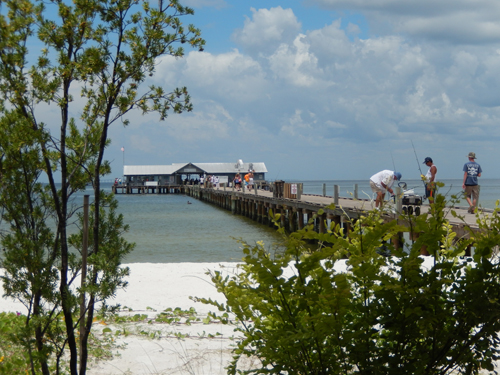
Anna Maria City Pier before Hurricane Irma destroyed it in 2017. The pier is currently being completely rebuilt
Half a mile north, the privately owned Rod & Reel Pier is newer (circa 1953) but funkier and more fun. I ate a grouper sandwich and some sinfully good onion rings in the upstairs restaurant, then rented fishing tackle and joined the anglers below.
Nothing was biting, although seabirds hovered expectantly. “Well, it’s not always about catching fish, is it?” one man drawled as a pelican dived and emerged with a flapper in its beak. The fisherman saluted the bird and cast again into the dappled jade bay.
I may not have caught any fish, but it didn’t matter: Excellent seafood is seemingly everywhere on Anna Maria. Even the island’s only supermarket sets out a display so tempting you want to tuck a napkin under your chin and pull up a chair.
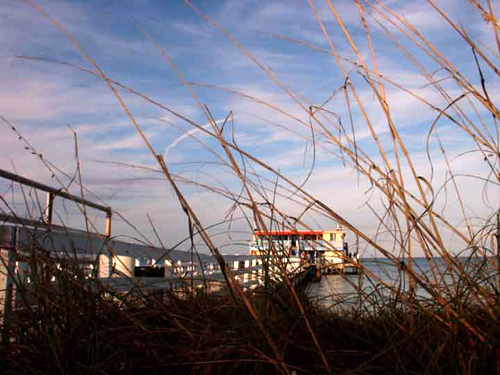
Rod & Reel Pier, where people queue up for the grouper suppers.
On to the City of Bradenton Beach
Nevertheless, that night I skipped dinner, hopped on a free trolley bound for Bradenton Beach, population 1,200, at the southern end of the island, and indulged in a major diet blowout at Joe’s Eats & Sweets. Joe Spallino is a man with a passion. Almost 30 years ago he bought an old surf shop and turned it into an extravagant ice cream circus — “parlor” is too tame a word to describe it. The list of ice creams he makes runs to more than 50, and that’s not counting the specialty varieties such as low-fat, low-carb, sugar-free. Doilies taped to the glass counter describe dozens of sundaes, such as the Raspberry Truffle Sundae and the Apple Pickers Sundae. These change whenever Spallino is inspired.
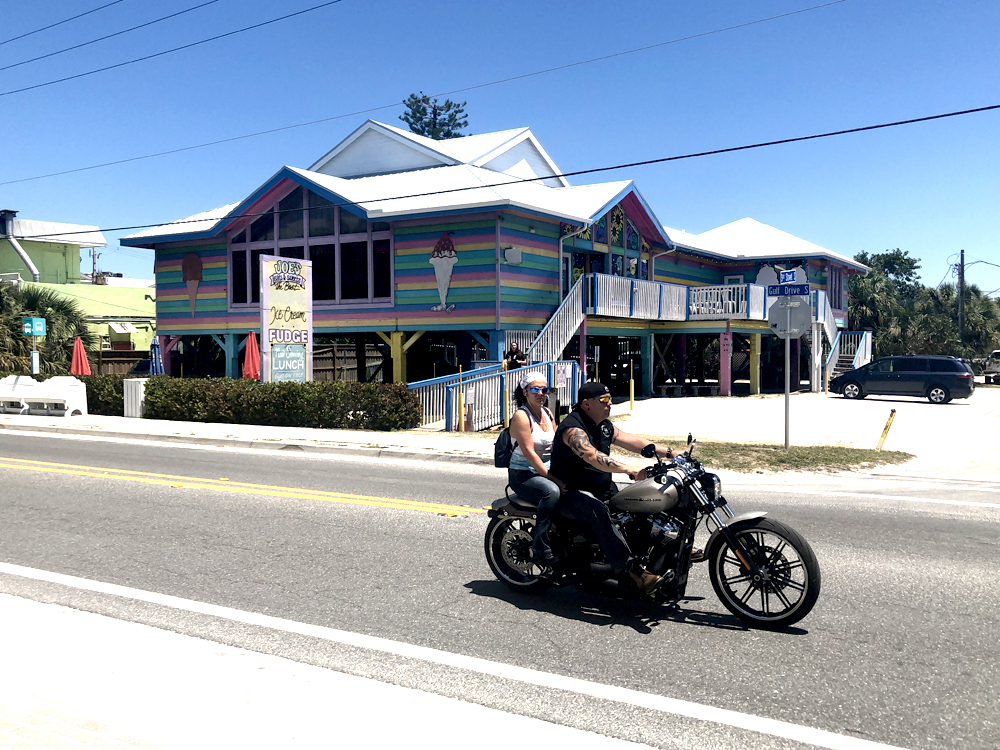
Joe’s & Sweets is still and ice cream lover’s carnival dream.
“There are so many combinations, I can’t even put them all up,” Spallino told me. Choosing one was a real challenge.
Next morning, I returned for a daylight look at this southernmost village (or “city” as Florida would have it) on Anna Maria Island. Bradenton Beach is a slightly ramshackle assortment of pastel-coloured houses, small condo developments, restaurants and hotels.
Bradenton Beach grew up around Anna Maria’s first bridge, completed in 1922. The rickety structure, designed by an electrical engineer who had never built a bridge, was made of wooden planks that reportedly rang out like gunshots every time a car drove over. Until it was replaced in 1955, it was the island’s only link to the mainland. Its western end was preserved as the Bradenton Beach City Pier, a confection of white railings and red-roofed shelters that reached out into Sarasota Bay. On my earlier visit I strolled out to the end, where it widened into a broad, roofed pavilion, complete with picnic tables and a resident great white egret. From there, a panoramic view of the shoreline disappeared behind the knobby roots of red mangroves. It seemed much diminished – and certainly a different color – when I revisited this past spring as the pair of pictures below demonstrates.
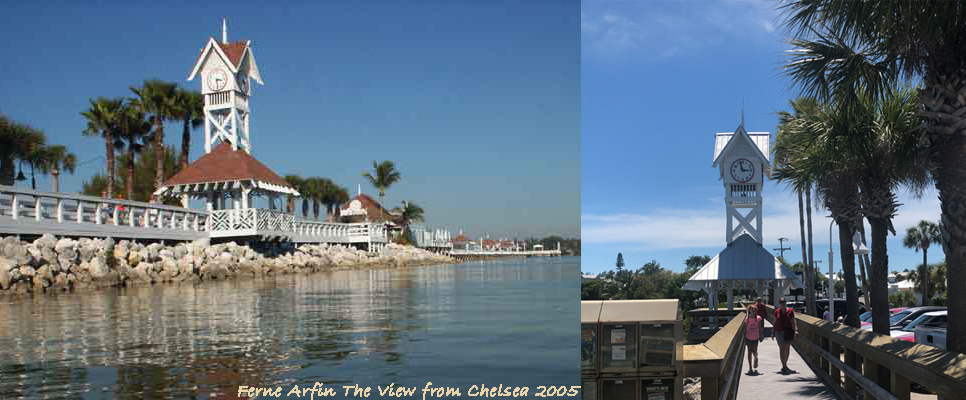
Pictures of Bradenton Beach City Pier in 2005 and 2019
Later, I cycled further south to the Coquina Bay Walk at Leffis Key, a 17-acre shallow-water habitat with a boardwalk over tidal lagoons and tangles of mangrove. Although a small nature reserve, it’s cleverly laid out so that within seconds of leaving the sandy parking area, the modern world vanishes. During a quiet, hour-long ramble, I listened to the watery slap of leaping mullet; watched a spider weave a shining web; spotted a crane; and saw snook and striped sheepshead feeding in the mangrove fringe. The only humans I met were a pair of silent bird-watchers. In the summer months, manatees feed here, and thousands of fiddler crabs hatch.
The City of Holmes Beach
By mid-April the water around Anna Maria warms to above 73 degrees farenheit – still a bit too cool for me. Even so, I spent part of every day on the magnificent beach.
I looked for colorful, fingernail-sized coquina shells. I waved at my friends back home in London over a live beach-cam at the Cedar Cove Resort. I let the breakers nibble my toes, and I belly-flopped in the sand to take eye-level pictures of the terns.
But no matter how hard I tried, I could not get into water that felt as cold as a plunge pool outside a sauna. It was time to get on the water instead. Four days into my trip, I went to Holmes Beach in search of a boat.
Holmes Beach is the island’s biggest town (4,200 people) and its commercial center. Mainly developed in the 1940s and ’50s, it has a slightly off-kilter, Middle American retro feel; imagine Beaver’s mother choosing it for the Cleaver family summer vacations. It also has one of Florida’s best restaurants, the Beach Bistro, and a public marina where (back on my first visit) Captain George Glaser was waiting for me on his 28-foot, double-hulled pontoon boat, the Mystic Dolphin. (These days check the Chamber of Commerce website – link below – for a current list of fishing and sailing charters).
A bearded, barrel-shaped man in shorts and T-shirt, he was also sporting a straw cowboy hat with the word “Captain” on the crown. Glaser came down from Buffalo, N.Y., for a family visit about 35 years ago and decided he could live without all that snow back home. Several people told me he would be a font of knowledge about local life — wild and otherwise — and he didn’t disappoint. He took me to see a pod of frolicking dolphins, spotted a swanlike white pelican and told me about the feud between two local hamburger joints.
In the late afternoon, cruising the canals that lace the northern half of the island, we spotted a great blue heron poised atop a mangrove not more than 10 feet away. As we both fell silent, it eyed us coolly. Even after more than three decades on the island, Captain George seemed as awestruck as I by the bird.
On Anna Maria, familiarity does not breed contempt. Already, as I write, I’m plotting my return.
Vacation rentals and self-catering are the most relaxed options for visiting Anna Maria Island. Check out what’s available and book a rental on TripAdvisor
And for more information about Anna Maria, particularly where to find fishing charters and dolphin watch cruises check out the Chamber of Commerce website.
Like this post? Please Pin and Share
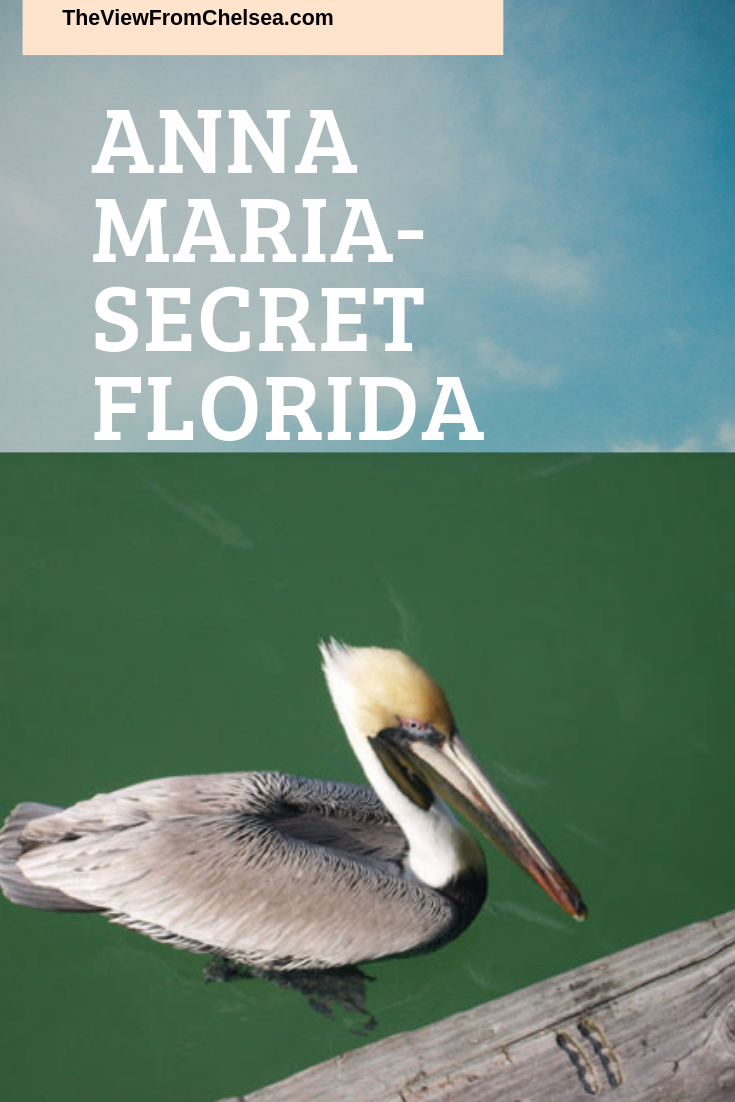
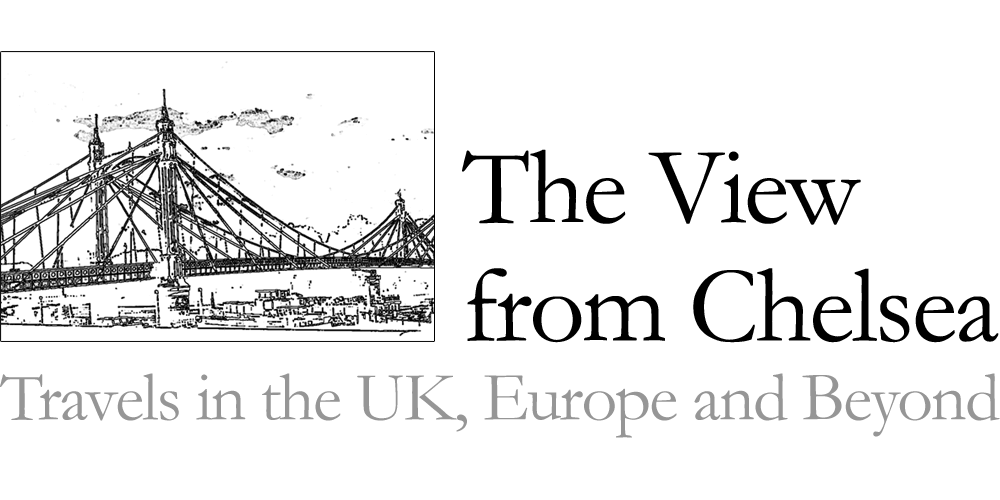
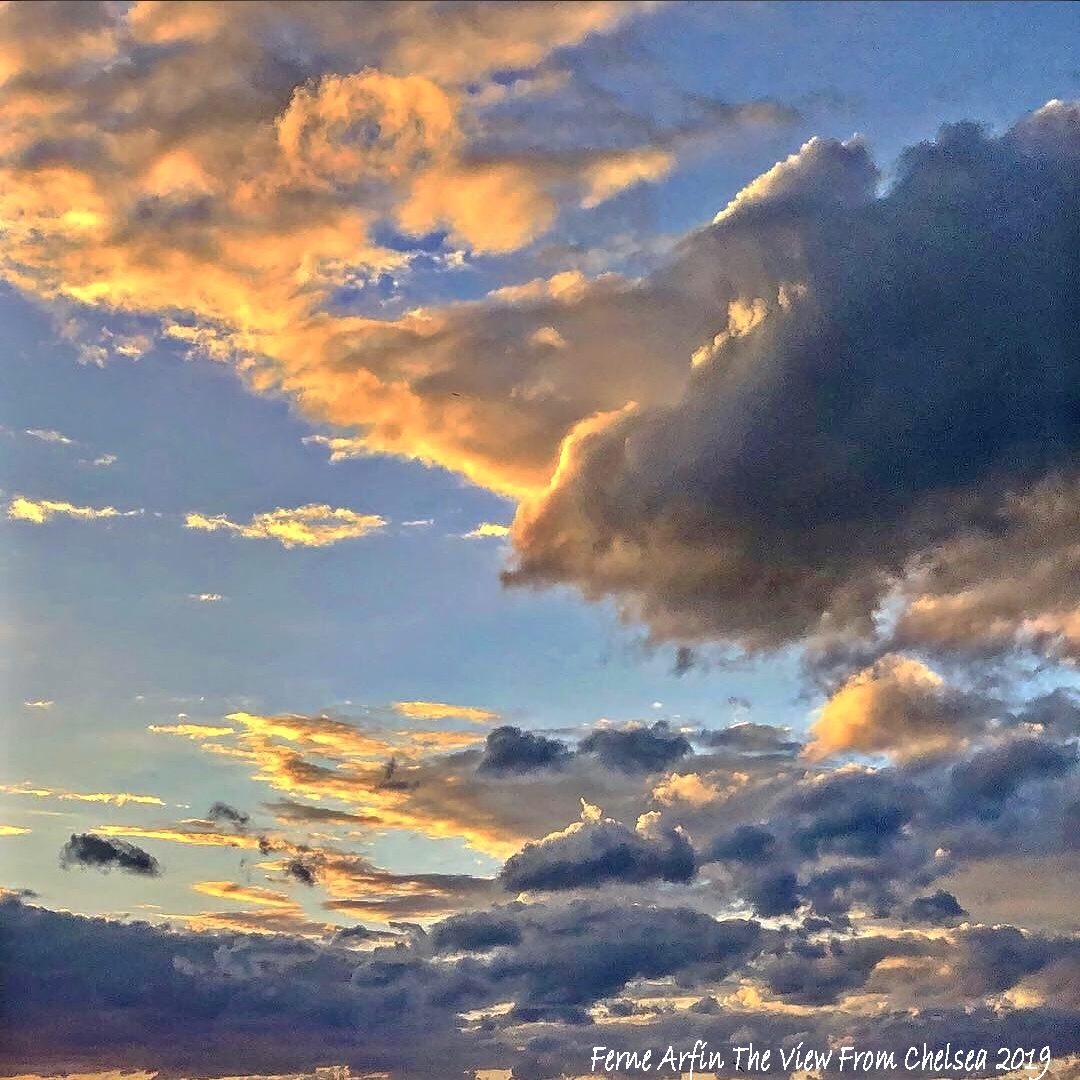
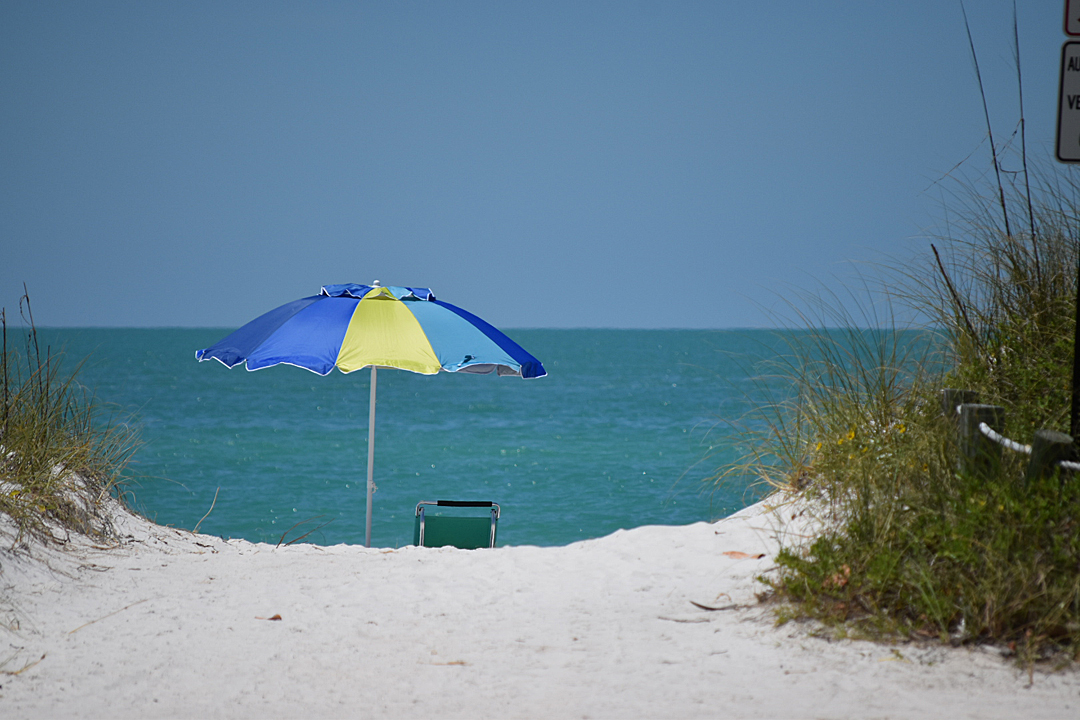
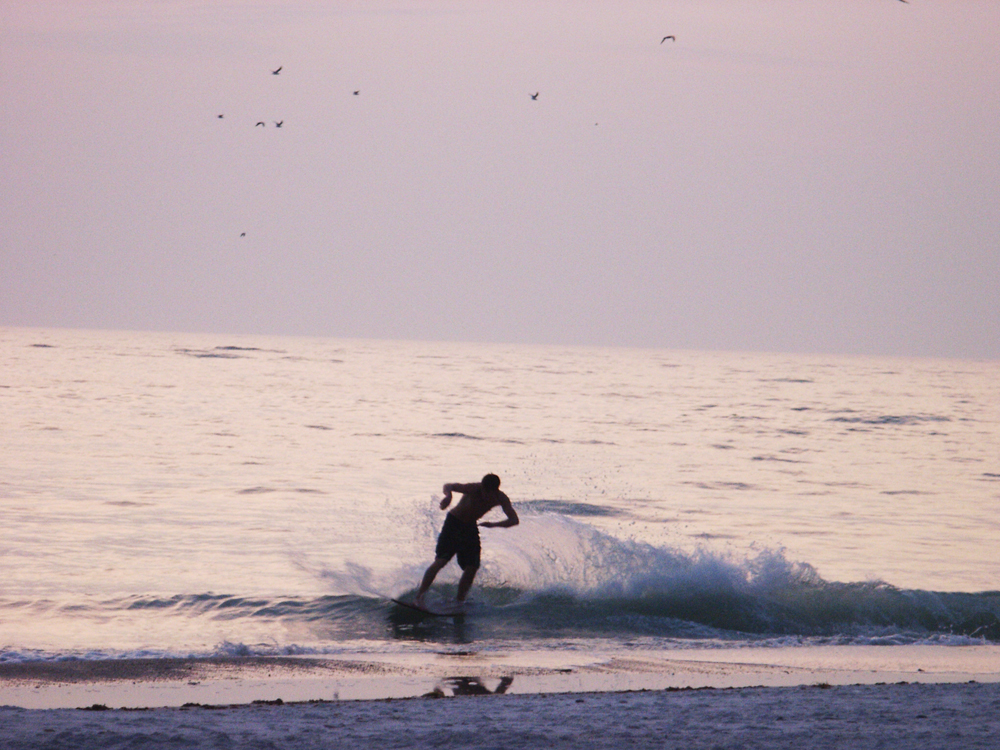
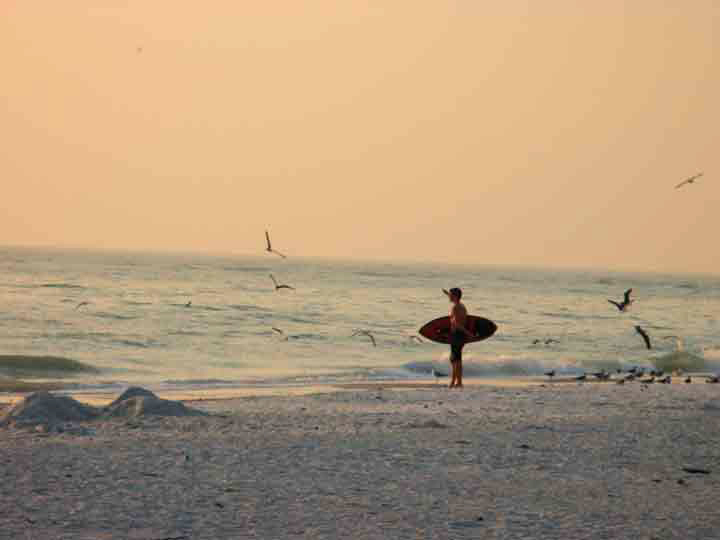
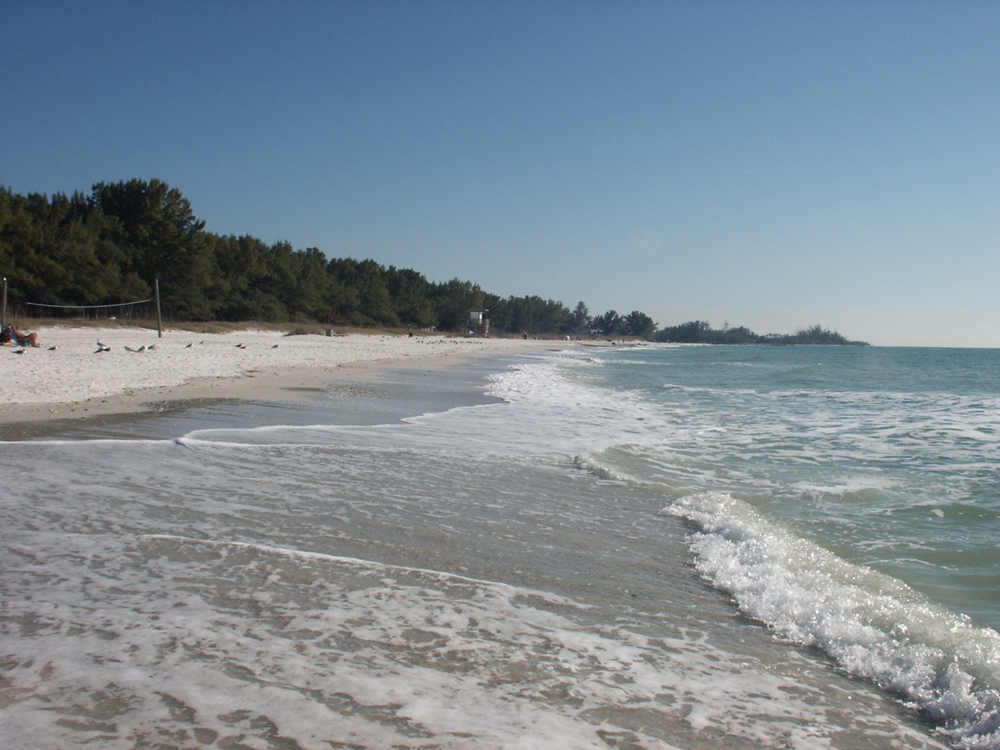
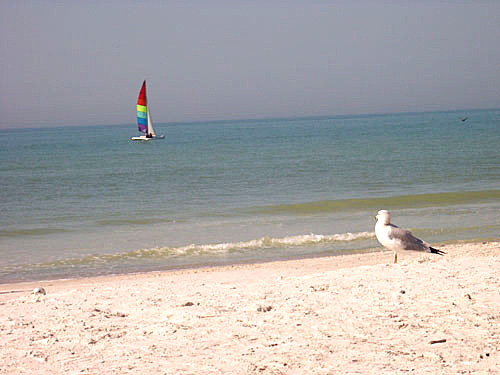
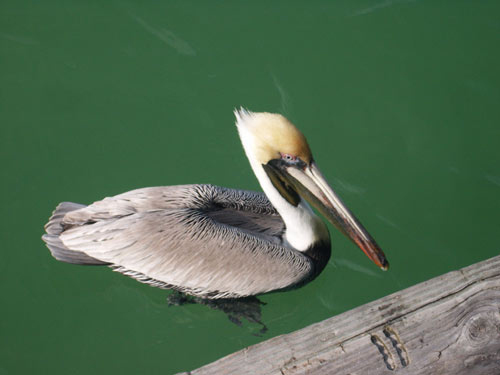
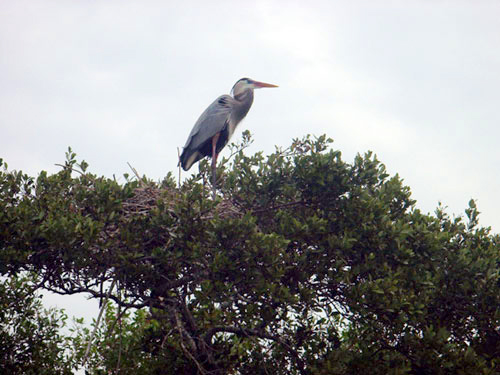
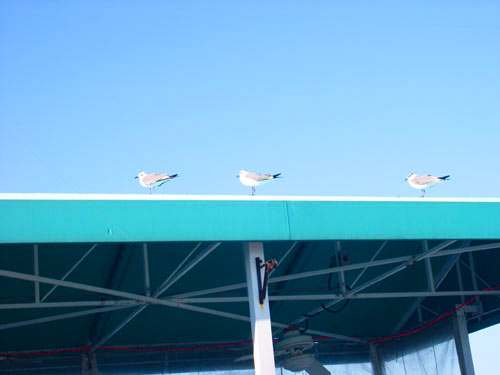


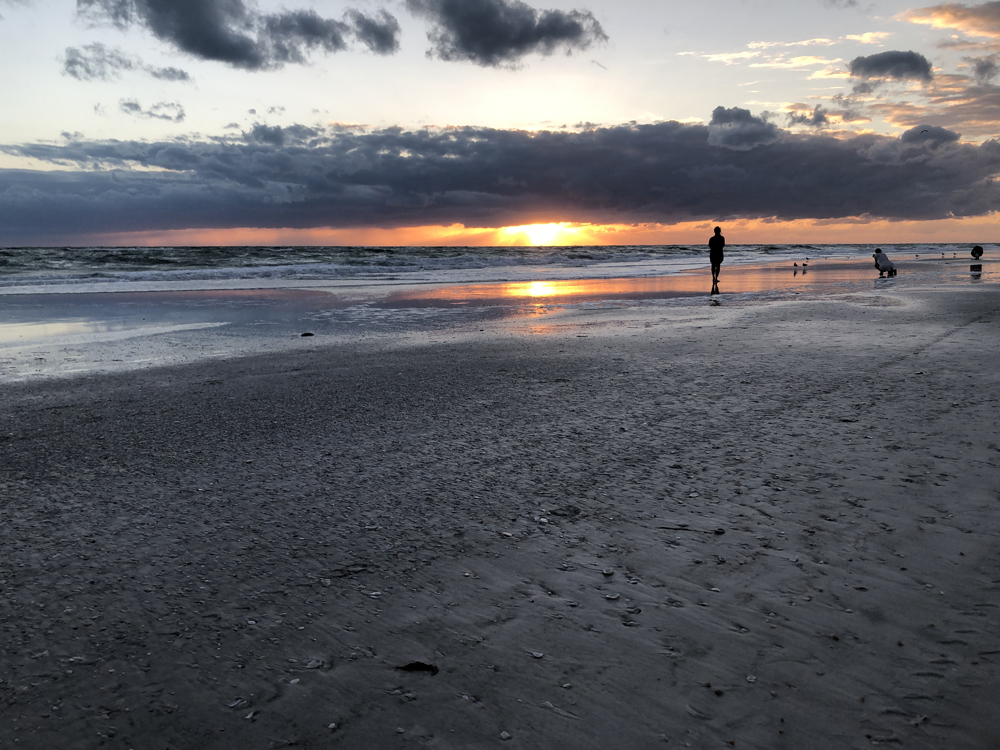
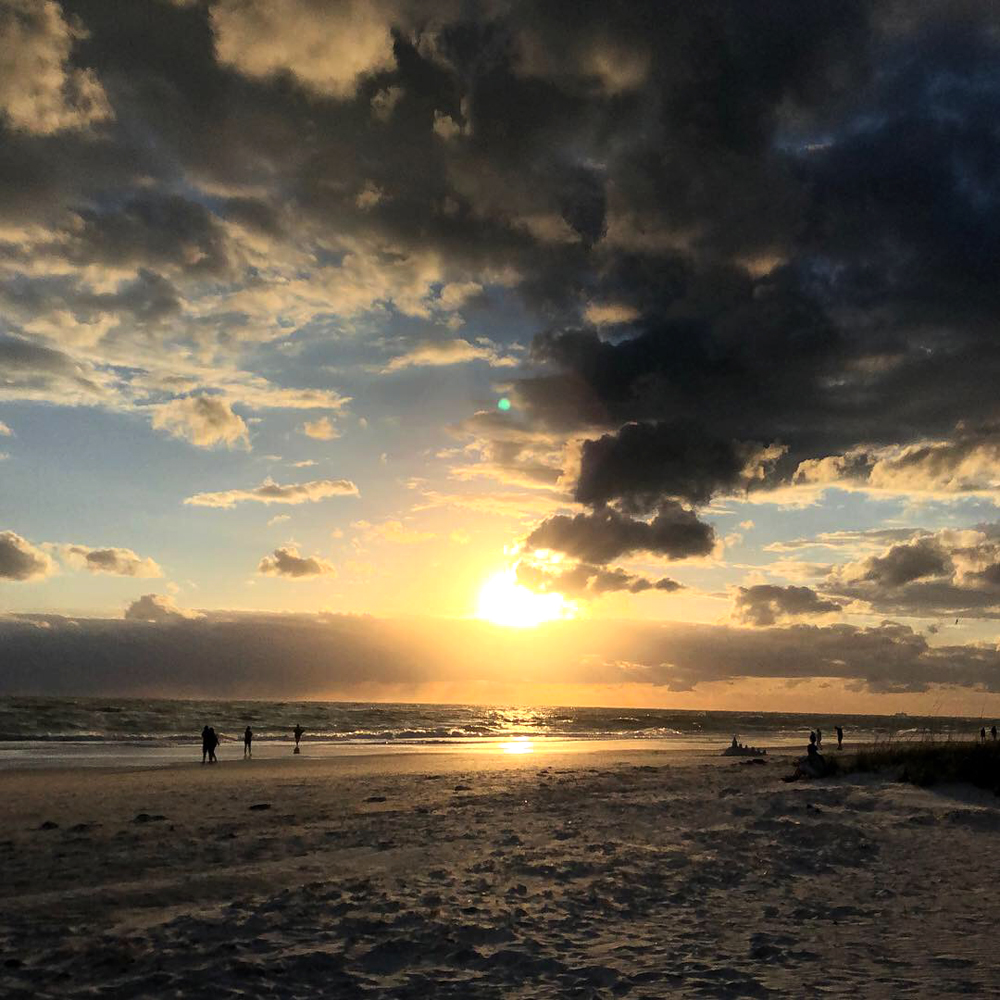
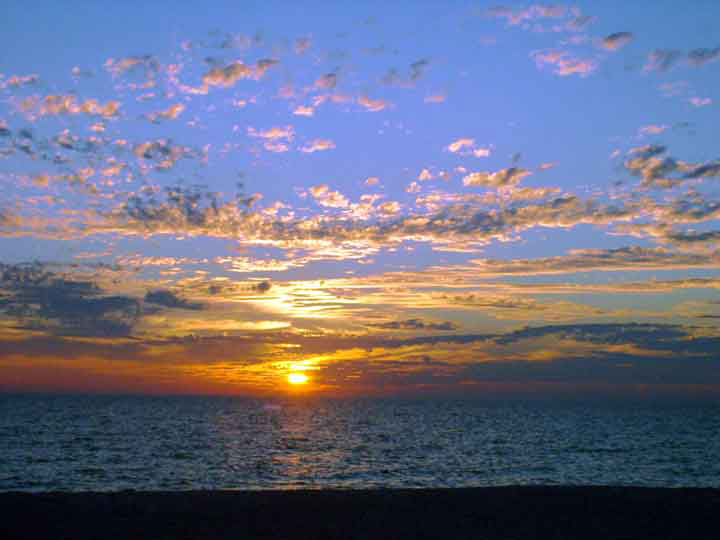


 Stephen Lewis
Stephen Lewis Courtesy of the Hotel Brudenell
Courtesy of the Hotel Brudenell
Trackbacks & Pingbacks
[…] Anna Maria – Still Secret After All These Years […]
[…] Anna Maria – Still secret after all these years […]
Leave a Comment
What do you think?Please add your comments and suggestions here.